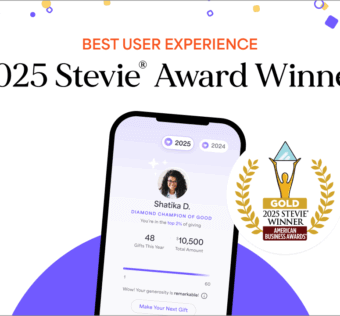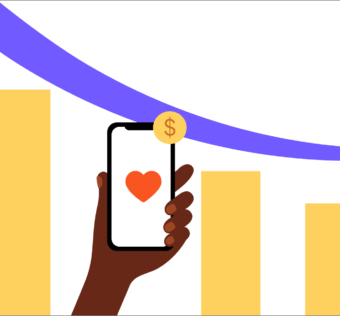Write a Fundraising Email They’ll Actually Open… and Read
Back when email was a novelty, you could always count on it as an effective means of communication and nonprofit fundraising. People’s inboxes weren’t cluttered with junk mail, so any email seemed exciting to receive, open, and read.
Now, people wake up to dozens of emails, most of which are promotional or spam, and many delete them before breakfast.
But your nonprofit’s annual appeal isn’t junk. It’s important, and if someone ended up on your mailing list, they thought your cause was important, too.
So how do you make your year-end fundraising email stand out from the junk and prompt recipients to open and read it?
Try these three simple tricks.
1. Snag them with Your Subject Line

A well crafted subject line is your first chance to appeal to readers. A report by Convince & Convert found that 33% of emails are opened based on the subject line alone. Your subject line should be short, use “gentle” nonprofit fundraising terms and convey a sense of urgency. Remember that most of your audience will be scanning their email on their smartphones, which can fit just a few words before the subject is truncated. Use 30 or fewer characters and “gentle” language.
Avoid using “donate” or “give” and lob a softball with “help” instead. You could also leave out commands entirely and focus on your mission with a sense of urgency. If your organization aims to solve the hunger problem, your subject line could read: “Urgent: 10,000 Kids Need Dinner.” Write a few catchy subject lines, and don’t be afraid to test them with small audiences to see what works.
2. Make Nonprofit Fundraising Personal

Now that readers have opened your email, you need them to read your appeal. The worst thing you can do is immediately ask for money. Instead, pretend you’re talking to your best friend, thanking them for helping you through a major project. Personalize your appeal with recipients’ first names and use simple, familiar language to thank them directly for making the past year’s success happen.
Tap into their emotions by sharing a particular story, showing them how their support made that success happen. John Haydon calls this making your “donor the hero.” Making your readers feel like they are an integral part of improving other people’s lives will increase the chances that they will donate.
3. Give a Clear Call to Action
At this point, your readers are drawn into your story. Now you need to mobilize them to donate. Your call to action needs to be strong and require quick, easy steps, leaving no time for second-guessing. A good call to action uses strong action verbs, compelling readers to become a part of your solution. For example, “Prevent Childhood Obesity” is stronger than “Donate to Health Education Programs.” “Join the Fight Against Breast Cancer” is stronger than “Donate to Breast Cancer Research.”
Make your call to action within or near a large colorful button, which readers can click and go straight to your online giving page. Make sure your email is mobile friendly, and that you provide a mobile giving option as well. Providing these solutions will enable your readers to respond to your call to action quickly, and they’ll make the giving experience hassle-free.
Overall, keep your nonprofit fundraising email as concise as possible, and be sure to include useful contact information and links to your website. Take time to track the effectiveness of different strategies, so that you can use the best practices next time and ditch the ones that foundered.



